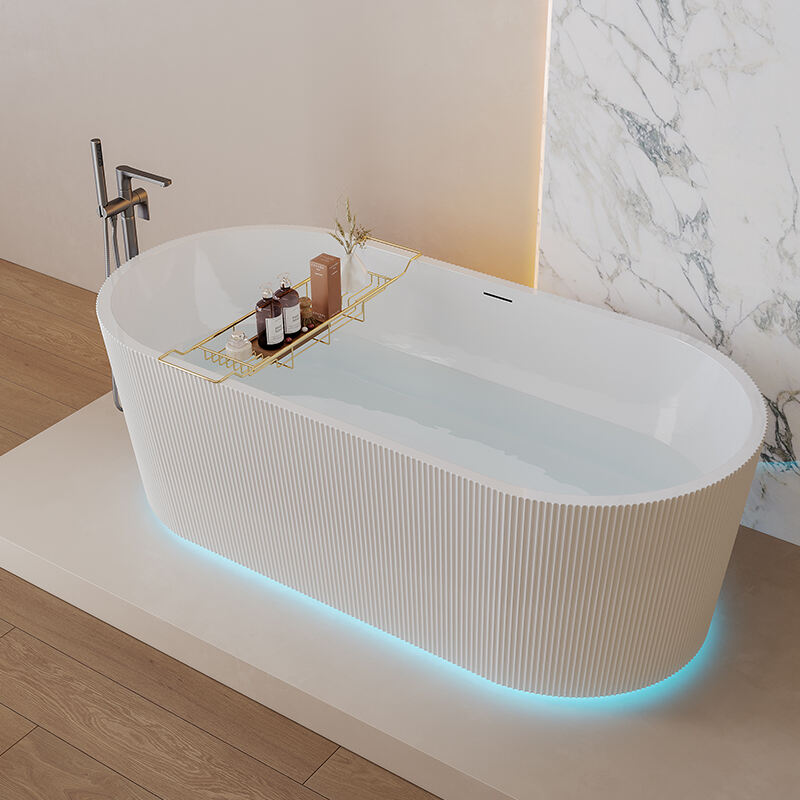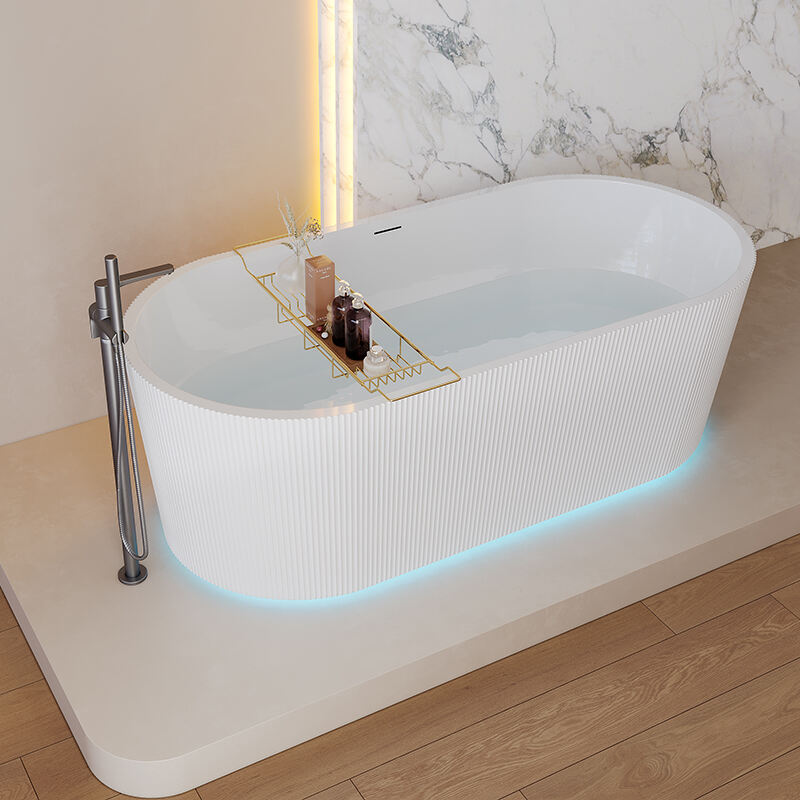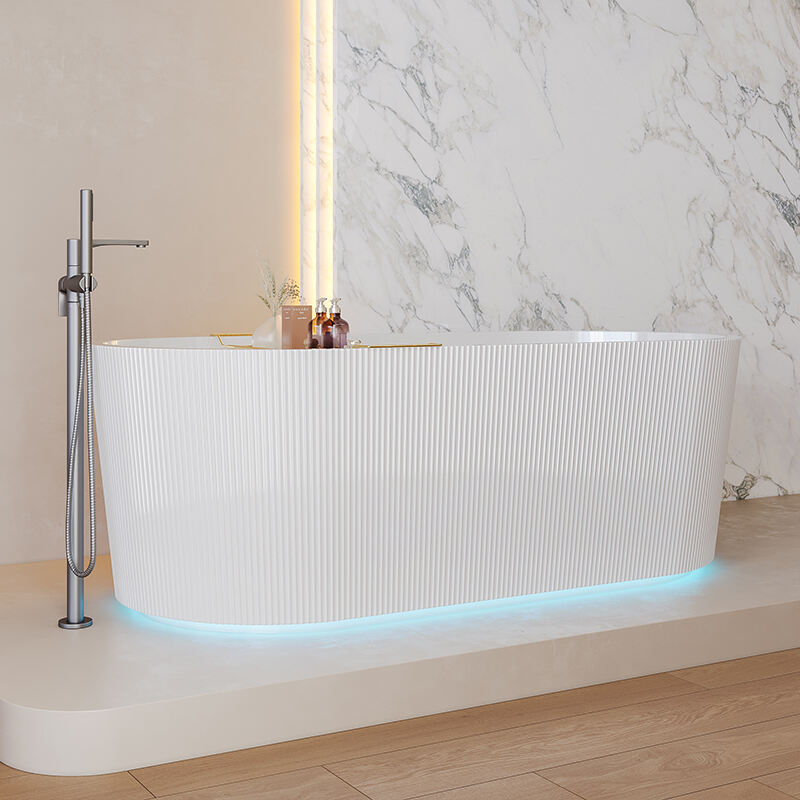bathtub price
Bathtub prices vary significantly in today's market, reflecting diverse materials, designs, and features that cater to different consumer needs and preferences. Entry-level acrylic bathtubs typically start around $200, while mid-range options featuring enhanced durability and additional features range from $500 to $2,000. Premium bathtubs, crafted from high-end materials like copper or stone, can exceed $5,000. The price spectrum encompasses various styles, including traditional soaking tubs, modern whirlpool systems, and luxurious freestanding models. Factors influencing bathtub prices include material quality, size specifications, installation requirements, and technological integrations such as air jets or chromotherapy lighting. Contemporary bathtubs often incorporate smart features like digital temperature controls, built-in speakers, and self-cleaning systems, which can impact the final cost. Market analysis shows that while basic functional models remain accessible, there's growing demand for premium bathtubs that combine comfort, technology, and aesthetic appeal, driving innovations in design and functionality across all price points.


